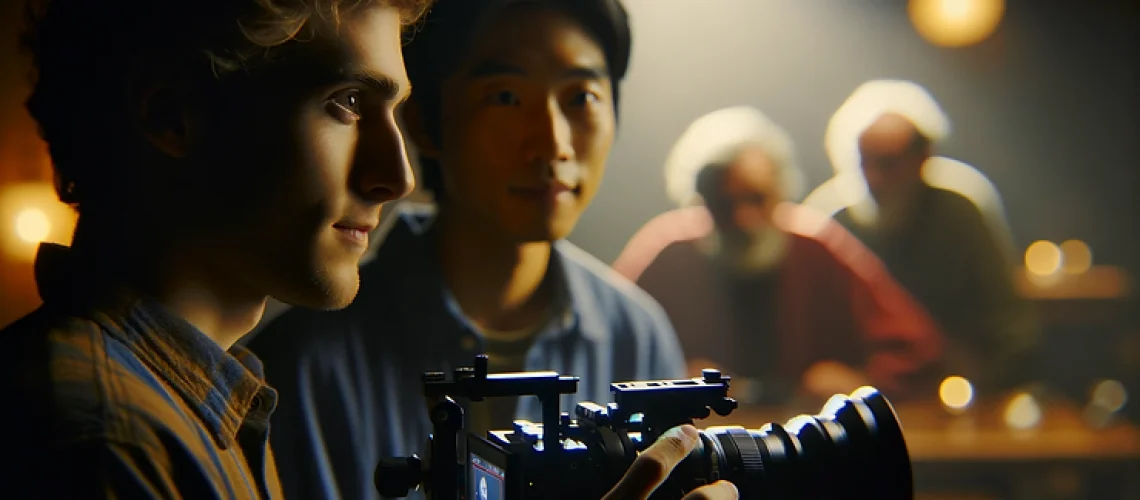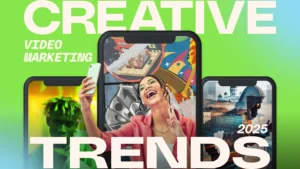In the digital age, video has emerged as one of the most powerful mediums for storytelling. With its ability to convey messages through visuals, sound, and motion, video storytelling offers a unique opportunity to connect with audiences on an emotional level. This article explores how to leverage video effectively to tell compelling stories that captivate and resonate.
The Power of Video in Storytelling
Emotional Connection
Video storytelling excels in creating an emotional bond with viewers. Through the combination of imagery, music, and narrative, videos can evoke feelings and responses that other mediums cannot match.
Engaging the Senses
Video engages multiple senses, immersing the viewer in the experience. This multisensory engagement makes the story more memorable and impactful.
Crafting Your Story
Identifying Your Core Message
The first step in video storytelling is to identify the core message you want to convey. This message serves as the foundation of your narrative, guiding the story’s direction.

Building a Narrative Structure
A well-structured narrative is key to effective storytelling. This involves setting the scene, introducing conflict, and guiding the viewer through a journey that leads to a resolution.
Visual Storytelling Techniques
Composition and Framing
The way a shot is composed and framed can significantly impact how the story is perceived. Composition guides the viewer’s focus and can evoke specific emotions or reactions.
Lighting and Color
Lighting and color play crucial roles in setting the tone and mood of the story. They can enhance the narrative by highlighting important elements or conveying particular atmospheres.
Incorporating Sound and Music
Enhancing Emotion with Sound
Sound effects and ambient noises add depth to the story, making the world more immersive. Strategic use of sound can enhance the emotional impact of a scene.
Choosing the Right Music
Music sets the emotional backdrop for a video. The right soundtrack can elevate the narrative, underscoring key moments and emotions.
The Role of Editing in Storytelling

Creating Pace and Rhythm
Editing determines the video’s pace and rhythm, crucial for maintaining viewer engagement and emphasizing important story elements.
Transition and Flow
Smooth transitions and flow between scenes ensure that the story unfolds cohesively, keeping the viewer engaged from start to finish.
Maximizing Impact with Cinematography
Camera Movements and Angles
Creative use of camera movements and angles can add dynamism to the story, offering new perspectives and highlighting details.
Utilizing Depth of Field
Depth of field can be used to focus attention on specific subjects or to create a sense of space and context within the story.
Interactive Video and Storytelling
Engaging Viewers with Interactive Elements
Interactive video elements, such as branching narratives or viewer choices, engage the audience actively, creating a personalized storytelling experience.
Case Studies of Interactive Video Success
Exploring successful interactive video campaigns can provide insights into effective strategies for engaging viewers and enhancing narrative immersion.
Leveraging Video Platforms
Choosing the Right Platform for Your Story
Different video platforms cater to varied audiences and content types. Selecting the appropriate platform is essential for reaching your target audience effectively.
Optimization Tips for Different Platforms
Optimizing video content for each platform ensures better visibility and engagement, from YouTube’s SEO to Instagram’s vertical format.
Measuring the Success of Your Video Storytelling
Analytics and Feedback
Analyzing viewer data and feedback can offer valuable insights into the effectiveness of your storytelling, allowing for refinement and improvement.
Learning from Viewer Engagement
Viewer engagement metrics, such as watch time and interaction rates, help gauge the story’s impact and identify areas for enhancement.
Challenges and Solutions in Video Storytelling
Overcoming Common Obstacles
From budget constraints to creative blocks, video storytellers face various challenges. Finding creative solutions and leveraging available resources can help overcome these obstacles.
Creative Problem Solving
Adapting to challenges and experimenting with new techniques can lead to innovative storytelling approaches and unique video content.
Future Trends in Video Storytelling

Emerging Technologies
Technologies like virtual reality (VR) and augmented reality (AR) are set to revolutionize video storytelling, offering immersive experiences and new ways to engage audiences.
The Evolution of Storytelling Techniques
As technology advances, storytelling techniques evolve. Staying abreast of these changes allows storytellers to continue captivating audiences in novel ways.
Conclusion
Leveraging video for storytelling offers unparalleled opportunities to connect with audiences. By mastering the art of narrative construction, visual and auditory techniques, and embracing new technologies, storytellers can create videos that not only tell stories but also evoke emotions and create lasting impressions.
In the ever-evolving landscape of digital media, the power of video storytelling is only set to grow, offering endless possibilities for creative expression. This is especially true in the heart of the entertainment industry, where video production in Las Vegas thrives.
With numerous production companies in Las Vegas, the city is a hub for innovative video production, ensuring that your story stands out in a crowded digital space. Whether working with top video production companies in Las Vegas or exploring cutting-edge techniques, businesses can leverage the city’s vibrant atmosphere to produce exceptional content.
To book our services, kindly send us an email at Art@HUSTLMedia.com or directly call us at (702) 980 -9620. You may also learn more about us and our campaigns by visiting our website – HUSTL Media.




